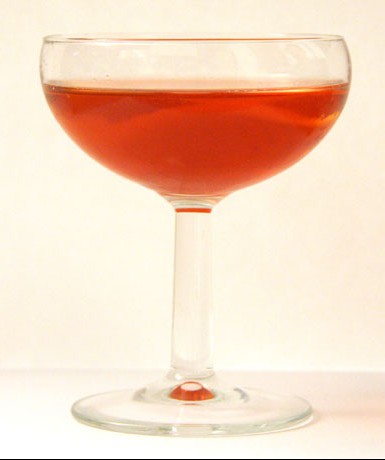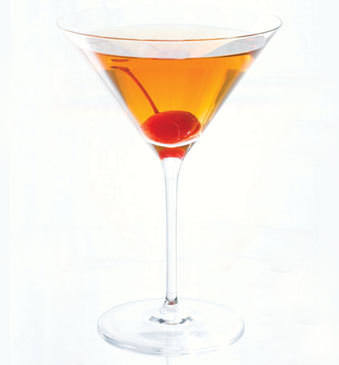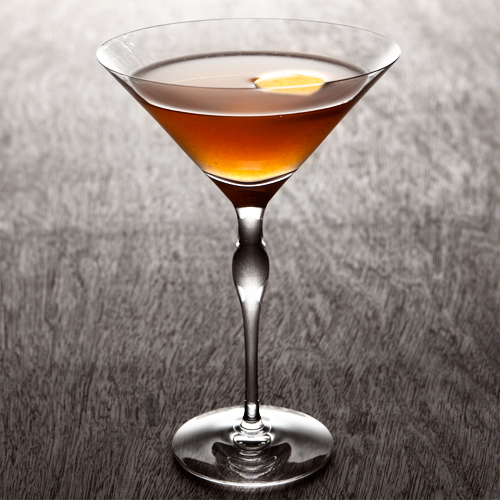Drink of the Week: The Old Pal
 Can a drink be like an old friend? Should a drink be like an old friend? It’s way too late as I’m writing this to even begin answering those questions, but I can tell you I much prefer the older version of this prohibition era cocktail to more recent iterations.
Can a drink be like an old friend? Should a drink be like an old friend? It’s way too late as I’m writing this to even begin answering those questions, but I can tell you I much prefer the older version of this prohibition era cocktail to more recent iterations.
I actually first found this one in my copy of 1930’s The Savoy Cocktail Book but it appears to date back several years prior. However, later versions that are supposed to be adjusted to modern day tastes failed to impress my personal tastebuds as much as this very simple and basic drink, a rather close relative of the Negroni and the Boulevardier. Still, like an old pal, the appeal of this drink is rather simple and easy to understand – with my favorite brand of wonderfully value priced Canadian whiskey and dry vermouth lightening up my favorite controversial cocktail ingredient, oh-so-bitter, oh-so-sweet Campari.
The Old Pal
1 ounce Canadian Club Whisky
1 ounce dry vermouth
1 ounce Campari
1 lemon twist (garnish)
Combine the liquid ingredients in a cocktail shaker or mixing glass. Stir or shake vigorously – I lean slightly toward stirring on this one, for some reason – and strain into our very old pal, the chilled cocktail glass or coupe. Add your lemon twist and toast, I imagine, an old pal.
***
If you don’t like Campari, it’s likely that the Old Pal will be no friend of yours. While the bourbon and sweet vermouth in the Boulevardier puts up a decent fight against the Campari, Canadian Club whisky — which is very specifically called for in the original recipe — and dry Martini & Rossi or Noilly Pratt is simply no match for its undeniable flavors. Even adding a solid, high proof rye whiskey like Bulleit, and increasing its proportion, didn’t change the Old Pal nearly as much as you might think. When I tried the more recent variation, which calls for 1 ½ ounces of rye to ¾ of an ounce of Campari and vermouth, it was still very much a Campari-forward drink, only less bright, less crisp.
I should have known, you simply can’t change your Old Pal. Not that you should ever want to.
You can follow us on Twitter and Facebook for content updates. Also, sign up for our email list for weekly updates and check us out on Google+ as well.

 I sing now, for the umpteenth time, of the raw egg white, feared by many, adored by
I sing now, for the umpteenth time, of the raw egg white, feared by many, adored by 
 If you’ve heard of the Irish town of Tipperary, and you’re not from Ireland or the UK, odds are it isn’t because of this cocktail but because of the song, “It’s a Long Way to Tipperary.”
If you’ve heard of the Irish town of Tipperary, and you’re not from Ireland or the UK, odds are it isn’t because of this cocktail but because of the song, “It’s a Long Way to Tipperary.”  As promised when I took on
As promised when I took on 








